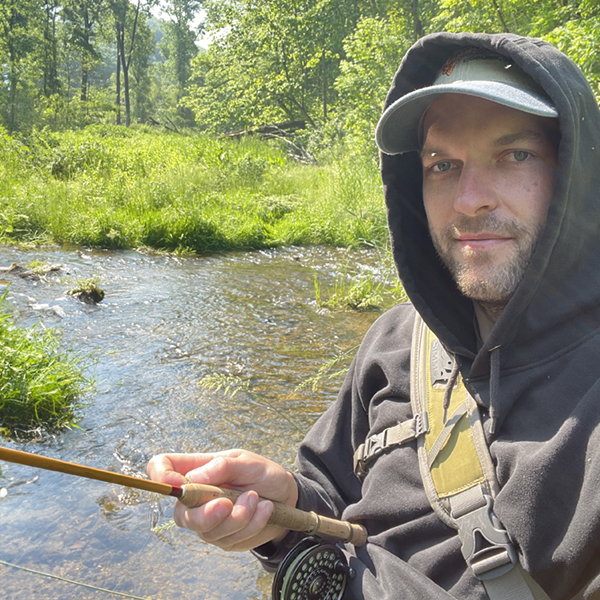Meet Lucas Pointon, a jeweler and educator known for thoughtful preparation, deep technical knowledge, and a passion for expanding access to metalsmithing. Lucas will offer a five-day workshop, Fanciful Stone Setting, from July 14–18 at Touchstone Center for Crafts. In this Q&A—conducted by Lia Musante, Touchstone Studio Management Intern 2025—Lucas shares insights into teaching, studio life at Touchstone, and the lasting value of stone setting. “You won’t regret it,” says Lucas. “Stone setting is very accessible to all makers, and is an incredibly valuable skill to learn.”
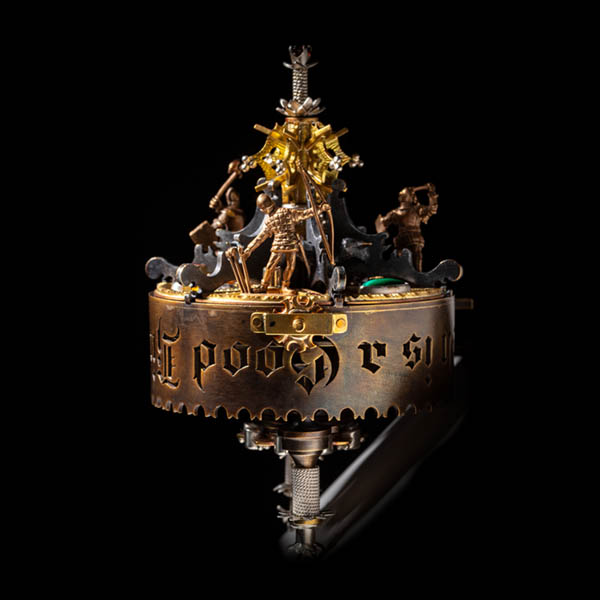
How did you learn about Touchstone and what drew you here?
I learned about Touchstone when I was in college. My professor at the time, Tom Muir, encouraged our metals class to attend the Alchemist Picnic. I had an awesome time and met a lot of cool people who shared a passion for metalsmithing.
What excites you most about your upcoming class?
I am always excited about coming to Touchstone. It’s in the middle of pristine Pennsylvania wilderness and the community there is always wonderful. It truly is a special place for the creative mind.
What’s something unique about your approach that participants will experience?
I think it’s in the preparation. I have some really cool stone setting projects that have been broken down into a step by step process using CAD renderings. These templates display the specific techniques really well, and students can take them home to reference. We will work from these instructions, but I will be showing various alternative methods and techniques that will really push students.
If you’ve taught this class (or similar) at other institutions, what have been students’ main takeaways from the class?
For the past year, I have been teaching at a brand new program in Arkansas, aimed at giving under-resourced individuals an opportunity to become professional jewelers. After a year of learning this course material, the students were more than prepared to become professionals within the industry. This included them learning the ergonomics of tool handling, fabrication, and advanced stone setting techniques. I will be showing these same demonstrations at the class in Touchstone. It will be a very approachable lesson plan that students can build their skillset from and continue to improve.
What was the context in which you learned stonesetting and how did it change your practice? How do you feel like stonesetting plays a role in getting at the concepts behind your work?
I learned stone setting from my friends and teachers. I owe these master jewelers and metalsmiths a lot! They were always so willing and open to share the methods they have perfected over a lifetime. Stone setting has been a fascinating and historical way of embellishing my creations. In particular, the reliquary jewelry that I have been working on utilizes a lot of stone setting techniques. It allows me to frame certain focal points of the design in an illuminating brilliance of glimmer and light.
I’ve heard a little about the last time you co-taught at Touchstone, what was that like and what made you want to teach here again? Are there particular things about the studio, workshop format, or campus that you liked?
As I mentioned, Tom Muir was my professor in college. He was the one who introduced me to metalsmithing. I owe everything to him, and any chance I get to hang out with Tom, I will be there. Touchstone has a great studio that is very well equipped, organized, and “campy”. The campus and staff allow students to work as long as they need, accommodating any and all requests in order to thrive during their stay. I have never been to a place where I can do two of my favorite activities in one week, camping out in my tent and working on some metal.
What do you want people who are on the fence about taking this class to know?
You won’t regret it! I want students to recognize that stone setting is very accessible to all makers, and is an incredibly valuable skill to learn. This course will be an excellent start to that.
What role does craft or making art play in your life, and why do you think it matters?
I love this quote, and I think it explains everything. I look at it every day at my bench!
“It is evident that the value of methods and apparatus so simple as these is dependent on the skill and talent of the workers who uses them. The hand of man, more perfect than any mechanism, is everywhere seen in early goldsmith’s work. When, however, mechanical methods develop, their exactitude, their even precision, their unintelligence, replace little by little that fascination which belongs to everything shaped by the human hand. One need not, therefore, be surprised that there is so much difficulty in the goldsmith’s art, no less than in other branches of industry, in procuring things to-day which have the charm of ancient work. Mechanism has destroyed the habit of intelligent personal effort on the part of the worker, and his energies are now directed to the imitation of the cold and arid regularity of the machine.” 1
- The source of this quote is unconfirmed, though it closely reflects ideas found in Karl Marx’s Capital, Volume I, Chapter 15. It has circulated in various craft writings, possibly as a paraphrase or adaptation of Marx’s original commentary on mechanization and labor.
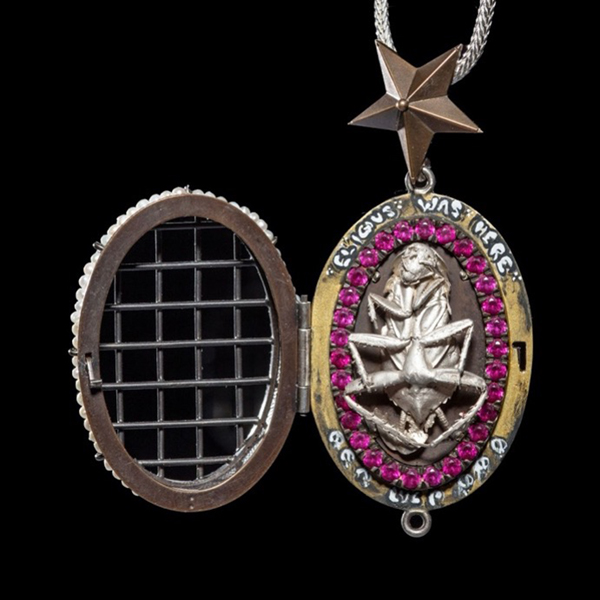
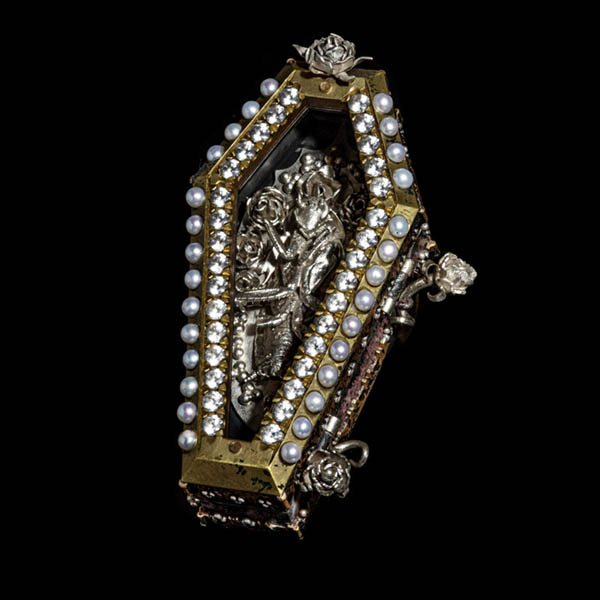
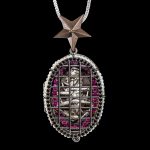
Fanciful Stone Setting
JULY 14-18 | 5-DAYS (MON-FRI)
Instructor: Lucas Pointon
Intermediate-Advanced
Participants begin the workshop alloying and pouring their own sterling silver ingots using fine silver and copper grain. Utilizing this material, you will learn the necessary skills to fancifully set faceted stones using traditional techniques and methods. Throughout the week, you will integrate these skills into your own creative formats and projects. Additionally, fundamentals in fabrication, milling, measuring, stone layout, and tool making will be thoroughly explored. Demonstrated examples of settings will include but are not limited to basket settings, split prong settings, flush settings, and bead settings.
